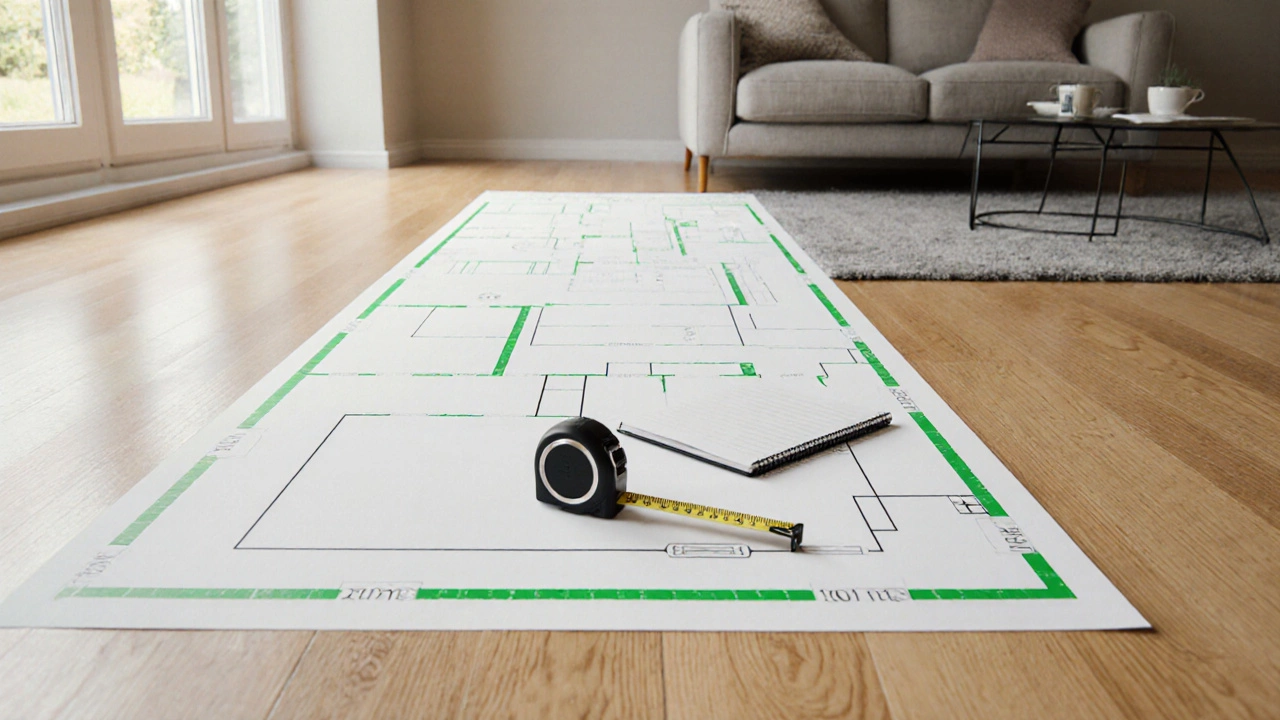
Best Position for a Corner Sofa - Find the Perfect Spot
Learn how to place a corner sofa for optimal flow, style, and comfort. Get step‑by‑step guidance, layout options, and a quick checklist to find the perfect spot.
When planning the best corner sofa position, the ideal spot that balances comfort, traffic flow and visual appeal in a room. Also known as corner sofa layout, it helps you turn a bulky piece into a space‑saving star.
First, think about the corner sofa, a three‑or‑four‑seat unit designed to hug a room’s corner. This furniture type works best when it creates a natural gathering zone while still leaving room for movement. Pair it with a smart living room layout, the overall arrangement of furniture, traffic paths and focal points that guides how people use the space. The layout decides whether the corner sofa becomes a cozy nook or a blocking wall.
The couch placement, where you put a sofa in relation to doors, windows and other furniture influences several things: visual balance, conversation flow and even the room’s perceived size. For example, placing the sofa too close to a doorway creates a choke point, while pulling it too far back can waste valuable floor area. A well‑chosen best corner sofa position also lets you keep the TV or fireplace in view without forcing viewers to crane their necks.
When you arrange a corner sofa, ask yourself three simple questions: Does it open the room’s traffic lanes? Does it anchor a focal point like a TV or artwork? Does it support other pieces, such as an ottoman or side chair, without crowding? Answering these helps you apply the semantic triple “best corner sofa position influences living room flow”, “corner sofa requires proper placement to maximize space” and “interior design guides dictate optimal corner sofa arrangement”.
Another factor is the shape of the corner. A 90‑degree corner works nicely for a classic L‑shaped sofa, while a wider 135‑degree angle may need a modular piece that can be split into two sections. In both cases, keep the coffee table within easy reach—usually 12‑18 inches from the sofa edge—to maintain a functional conversation zone.
Don’t forget lighting. If your sofa hugs a window, you’ll get natural light but may also glare on a TV screen. A strategic placement opposite the window can let you enjoy sunlight while keeping screens comfortable. The same rule applies to heating and cooling vents; you don’t want the sofa blocking airflow.
Space‑saving tricks go beyond the sofa itself. Use floating side tables, wall‑mounted shelves, or a slim console behind the sofa to add storage without cutting into floor space. This aligns with the idea that “space‑saving furniture complements the best corner sofa position”.
Finally, style matters. A neutral fabric on the sofa lets you play with colorful throw pillows or a bold rug, while a patterned sofa can become the room’s centerpiece. Either way, the best corner sofa position should make the sofa feel like a natural extension of the room, not an afterthought.
Now that you know the key principles—traffic flow, focal points, lighting, and complementary pieces—you’re ready to explore the articles below. They dig deeper into specific topics like recliner health, sofa‑bed mechanics, and color trends, giving you actionable tips to fine‑tune your living‑room setup.

Learn how to place a corner sofa for optimal flow, style, and comfort. Get step‑by‑step guidance, layout options, and a quick checklist to find the perfect spot.